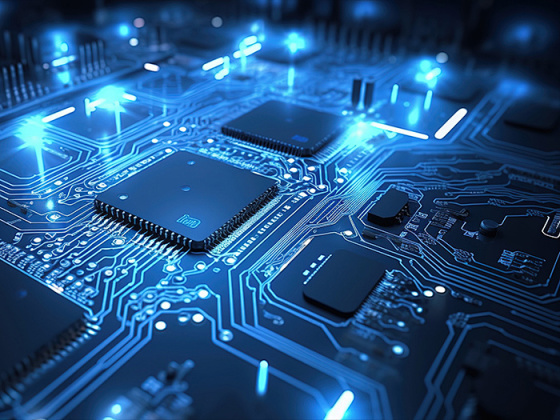Unraveling the Wonders of Flexible PCBs: The Future of Electronics
May 04,2025

Introduction to Flexible PCBs
Hey there, tech enthusiasts! Have you ever wondered what makes modern electronics so compact and efficient? Well, buckle up because we're diving deep into the realm of Flexible PCB, or as it's fondly known, the flexible printed circuit board. Yup, it's not just a fancy term; it's a game changer in how we design and use electronic devices.
What is a Flexible PCB?
So, what exactly is this flexible wonder? A Flexible PCB is a circuit board that can bend, twist, and flex without compromising its functionality. Unlike traditional rigid boards, these bad boys are made from materials like polyimide or polyester, which allow for that oh-so-important flexibility.
The Benefits of Going Flexible
You're probably thinking, "Okay, but why should I care?" Well, let me hit you with some juicy benefits:
- Space-Saving: Flexible PCBs can fit into tight spaces, making your devices sleeker and lighter.
- Durability: They're less prone to breakage, which means your gadgets will last longer—who doesn't love that?
- Design Freedom: Engineers can get creative! These boards can be designed in various shapes and sizes, catering to unique device needs.
- Cost-Effective: While the initial investment may be higher, the long-term savings in manufacturing and assembly can be significant.
Applications Galore!
Alright, let’s get to the fun part—where can we find these flexible marvels? The list is long and exciting! Flexible PCBs are utilized in:
- Smartphones and Tablets: They allow for thinner designs and more features.
- Wearable Technology: Think fitness trackers and smartwatches—flexibility is key!
- Medical Devices: From compact monitors to portable ultrasound machines, flexibility saves space and enhances functionality.
- Automotive Applications: Flexible PCBs are used in advanced navigation systems, sensors, and more!
Challenges and Considerations
But, hold your horses! It's not all sunshine and rainbows. Designing and manufacturing Flexible PCB can come with its own set of challenges. Here are a few to keep in mind:
- Complexity: Designing a flexible circuit can be more complicated than a standard board.
- Cost: Initial costs can be higher, so budget wisely!
- Material Selection: Choosing the right materials is crucial for performance and longevity.
The Future of Flexible PCBs
Now, let's talk about the crystal ball! The future looks bright for Flexible PCBs. As technology continues to evolve, we can expect even more innovative applications. With the rise of the Internet of Things (IoT) and advancements in robotics, flexible circuits are poised to take center stage.
Conclusion
In a nutshell, flexible printed circuit boards are revolutionizing the way we think about electronics. Whether it's a sleek smartphone or a lifesaving medical device, these boards are everywhere. So, the next time you pick up your gadget, give a little nod of appreciation to the unsung hero inside—your trusty Flexible PCB.
So, what are you waiting for? Dive into the world of flexible technology and explore the endless possibilities!
Contact Us
E-mail :
shirley@threestar.com.tw
E-mail :
joyce@threestar.com.tw
E-mail :
johnhan@threestar.com.tw


